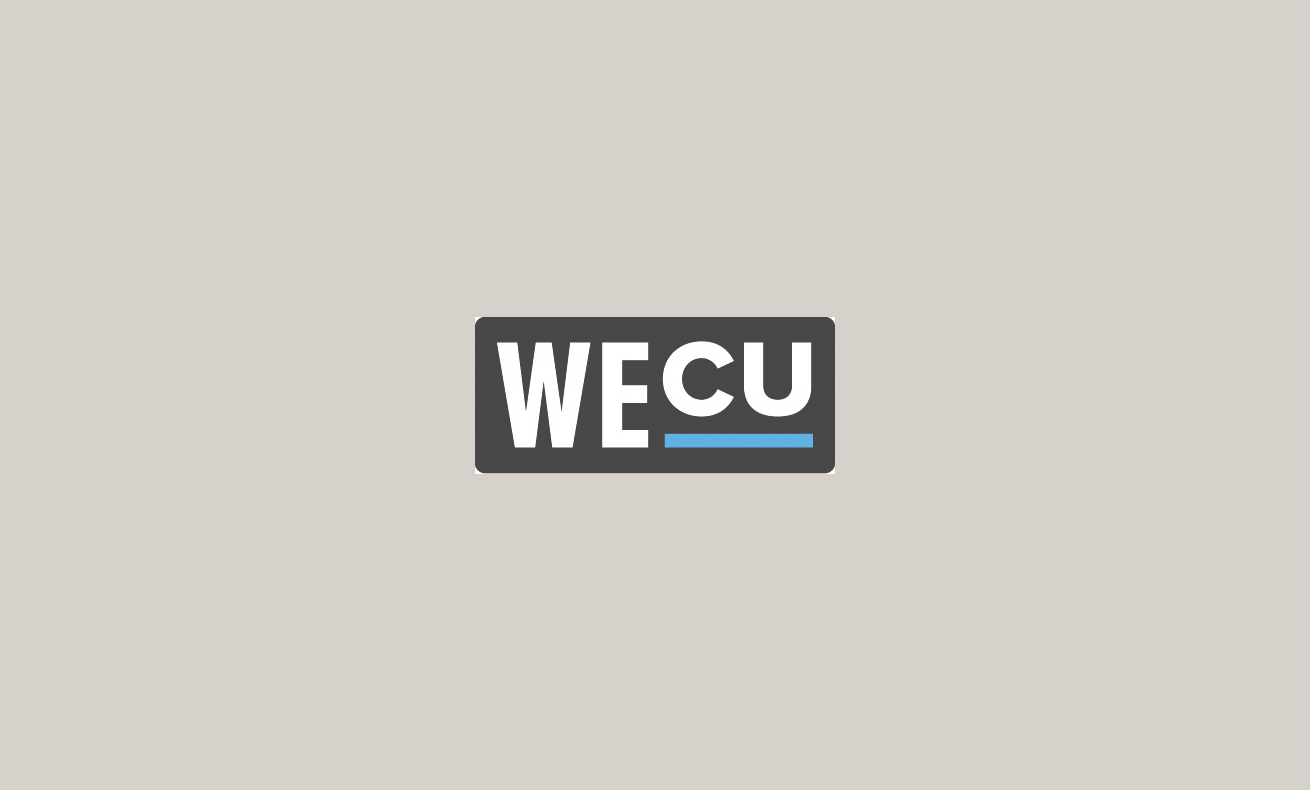Insurance exists to protect you against risk. If something happens to your house, your car, or even yourself, insurance is meant to help you recover and not have to shoulder all of the costs while you do so. That said, protecting yourself from every risk can be an expensive endeavor. You need to balance how much risk you’re willing to be exposed to and the costs of paying for the insurance.
Insurance works like this – You pay a monthly or yearly premium, fee, for an insurance policy. Your insurance policy is a plan that includes a bunch of different options and choices. When you choose your policy, you’ll have to make decisions about:
- What types of coverage you want i.e. what events you want to be covered by insurance money if they happen. The more things you get covered, the higher your premium will be.
- How much coverage you want. Is it important that every event is covered to the highest potential damage? The higher your coverage, the more expensive your premium.
- What your deductible is. This is the amount that you will pay out up front if an event happens before the insurance money will kick in. A lower deductible will mean a higher premium.
If an event happens that you have insurance for, you submit a claim, an official request for coverage money, to your insurance agency. That claim is then sent to an adjuster who assesses it and settles it for the agency. They look at what the cause was, if that cause is covered by your policy, how much the loss was, how much of the loss is payable by the policy, and so forth. Once the assessment is completed, the adjuster will send you, or the injured party, the insurance money.
The most common types of insurance are auto, homeowners or renters, health, disability, life, and umbrella. There are also specialized types of insurance, like travel and pet. Each type of insurance will have its own policy considerations and you will need to think through how much money you’re willing to pay in premiums to lower your risks.
